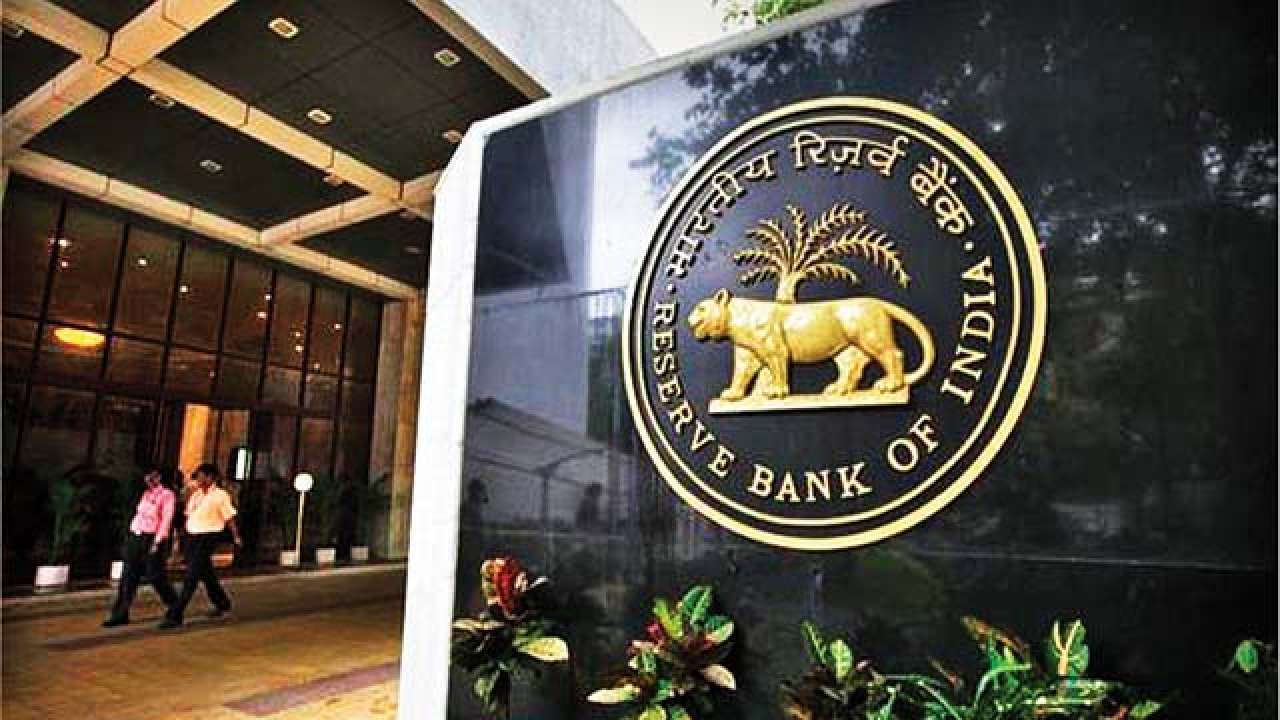For the first time in over three years, Indian banks have fell into a liquidity deficit, reports from the Reserve Bank of India have shown. The RBI infused the largest amount they have since May 2019, Rs 21,800 crores (USD 2.73 billion) into the banking system on Tuesday.
What is banking system liquidity?
Banking Liquidity refers to readily available hard cash that the banking sector uses to fulfill short-term loans to businesses and individuals. A deficit then, is the shortage or lack of such funds within the banking sector. These funds are kept in check by the Liquidity Adjustment Facility (LAF), which is a facility administered by the Reserve Bank of India used to inject or absorb liquidity into or from the banking system. If the banking sector is in debt to the RBI, then banking liquidity is in deficit, and if the RBI is in debt to the banking sector, then banking liquidity is in surplus.

The liquidity deficit accounted for about Rs 39,000 crores, even with funds to the tune of Rs 21,873 crores injected by the RBI adjusted for cash reserve ratio (CRR).
The financial year started off with a liquidity surplus upwards of 8 trillion rupees in early April. During this period, the Reserve Bank had stated the liquidity would be withdrawn in a multi-year process.
On a positive note, the situation is indicatory of a recovering economy with increasing business activity, naturally leading to a raised demand for available credit. In a post-pandemic world, nurturing economic growth is of paramount importance in order to make a speedy recovery. Credit is one of the most important factors lending to economic recovery.
Ever since the pandemic settled down, credit demands have skyrocketed, fueled by renewed business sentiments and bottled-up demand being fulfilled. This has also led to increased economic activity in most sectors.
Borrowing from the Marginal Standing Facility (MSF) window has seen an significant uptick over the past week, with over Rs 30,000 crores borrowed on Tuesday, almost thrice as much as seen on Monday where Rs 11,000 crores was borrowed. The call money rate has increased as well – going up from 5.6% on Monday to 5.64% on Tuesday.
In the two weeks trailing August 26, bank loans have risen 15.5% compared to a year earlier, with deposits rising 9.5%, according to the Reserve Bank of India earlier this month.
With the RBI actively draining liquidity in order to combat rampant global inflation and credit growth at multi-year peaks, funding options for the Indian banking sector are looking bleak.
What the banks are stating on the liquidity deficit

HDFC Bank’s Bhaskar Panda, Executive Vice President of Overseas Treasury interestingly mentioned that the system was between a deficit and a little surplus. He observed that the liquidity instability due to advance taxes has the outflow, boost in credit demand and waning deposit growth rates, while the RBI’s interventions in foreign exchange markets had contributed as well. He also noted that the demand for funds would increase significantly going into the festive season, stating his expectation that the Reserve Bank of India would take the necessary steps to ensure the availability of sufficient liquidity.
IDFC First Bank’s Gaura Sen Gupta, an economist with the bank stated a combination of the government’s lack of urgency in boosting expenditure and buoyancy in tax collections has impacted its cash balance.
Bank of Baroda’s General Manager of Treasury, Sushanta Mohanty also commented on the issue. She said that the liquidity scarcity is short-lived. The RBI will monitor and handle the situation appropriately, injecting funds to improve liquidity when needed through multiple tools, such as through variable repo. Liquidity lost to advance taxes and GST would eventually trickle back into the system, she said.
After the Reserve Bank has withdrawn its accommodative stance, liquidity is mostly predicted to hover around neutral levels, at least until inflation is returned to nominal levels.
Most reassuringly, tax collections have remained at steady levels, and government cash balances with the Reserve Bank are at high levels, at an estimated Rs 3.2 trillion. Over the next few weeks, parts of these funds are also expected to trickle back into the system.
Kotak Mahindra Bank’s Chief economist, Upasna Bhardwaj predicted that going into the festive season, increased spends would steady liquidity. As long as government spending remains at nominal levels, overnight rates are expected to be slightly above the repo rate and variable repo rate auctions would be more common, Kotak Mahindra Bank stated observed.
The RBI’s ventures into the foreign currency markets have also had a negative effect on liquidity. It is estimated that some USD 35 billion would be infused by the RBI from last April, which has now been permanently impounded.

The Indian rupee closed at a record low of 79.98 to the dollar on Wednesday.



